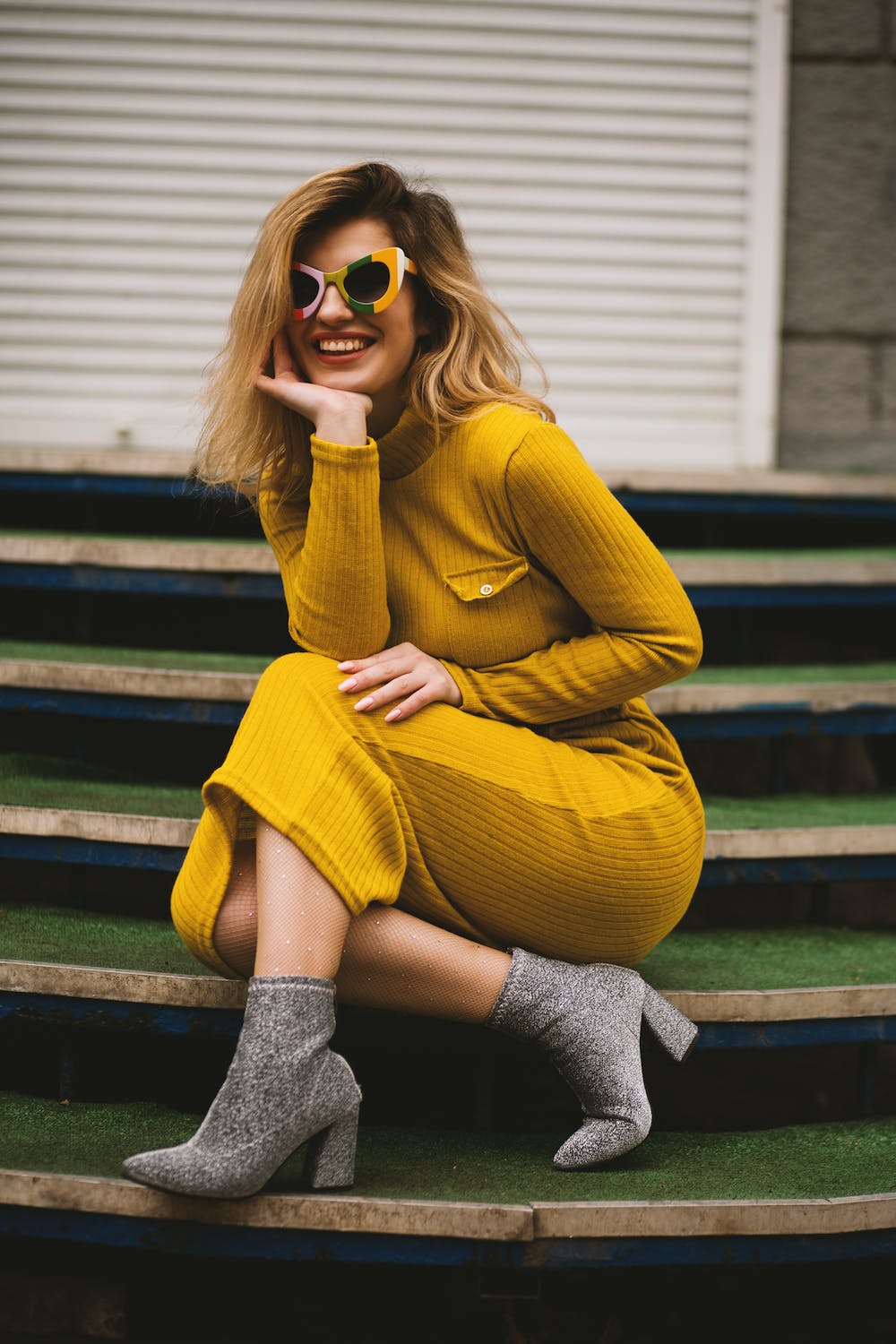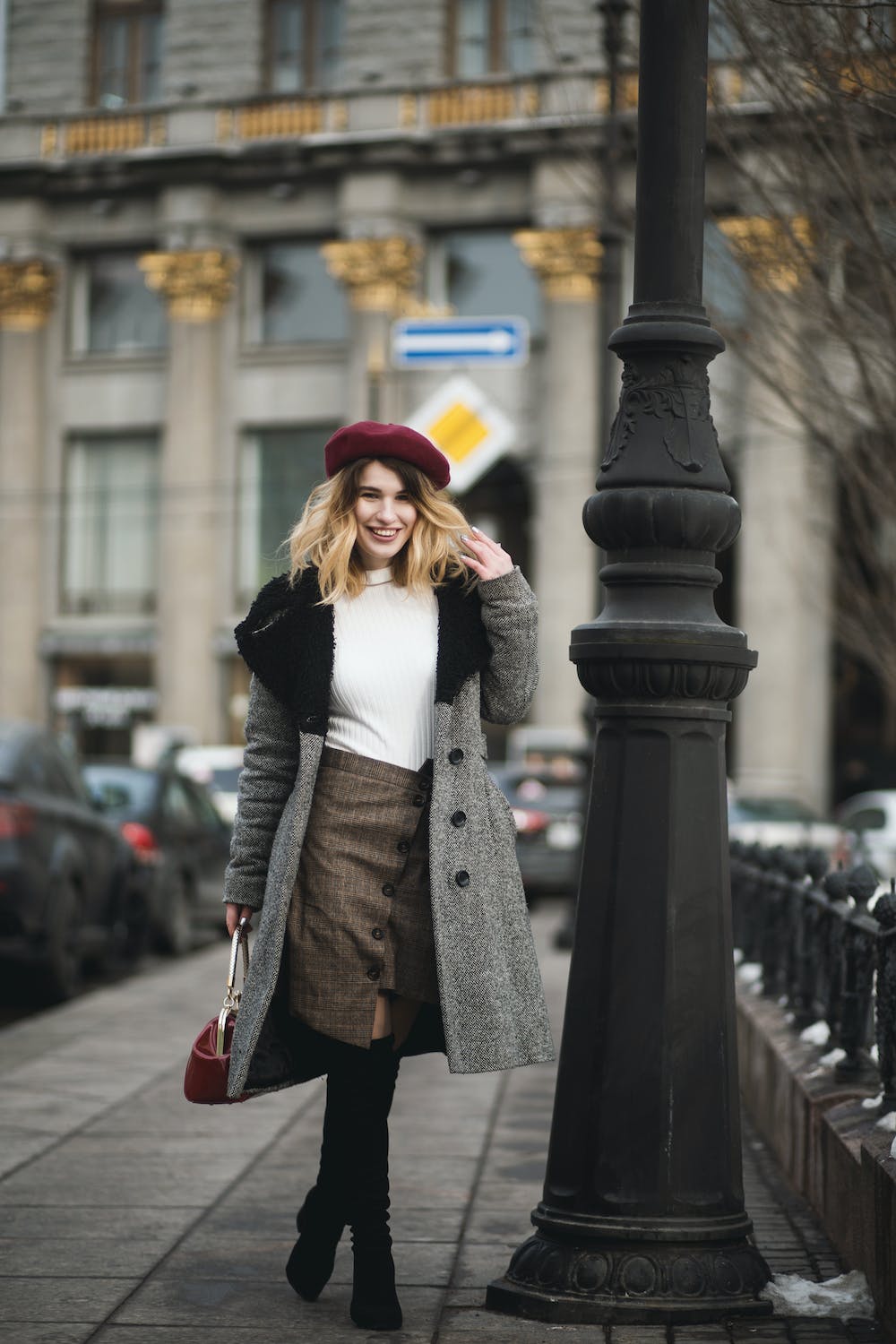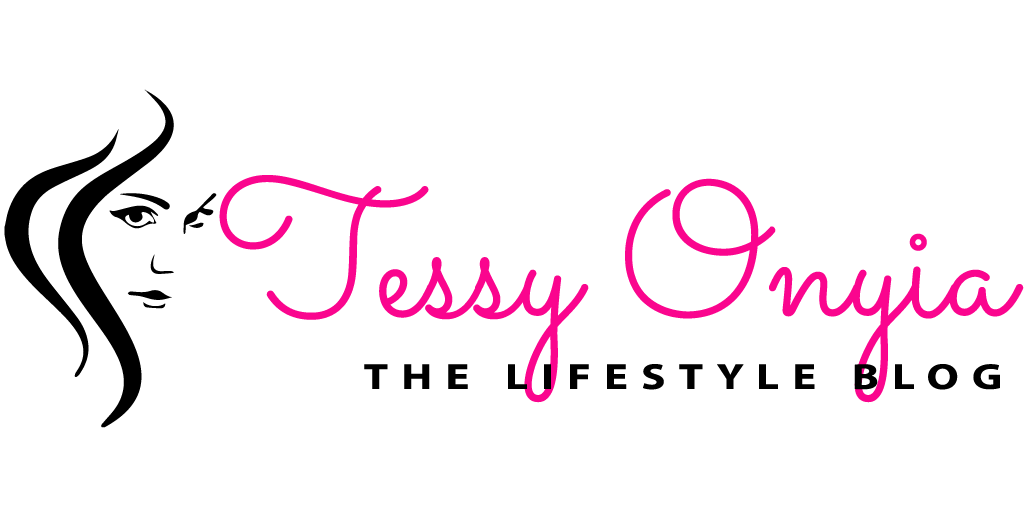
Fashion is a dynamic and ever-evolving industry that encompasses clothing, accessories, and personal style. Here are some key points about fashion..
History: Fashion has a rich history dating back centuries. Styles have evolved significantly, influenced by culture, technology, and societal changes.
Trends: Fashion is known for its trends, which are temporary shifts in style or preference. These trends can be influenced by designers, celebrities, or even social media.
Designers: Fashion designers are creative individuals or teams who create clothing and accessories. Famous designers include Coco Chanel, Karl Lagerfeld, and Giorgio Armani.
Haute Couture: This refers to high-end, custom-made fashion. Haute couture garments are often one-of-a-kind and meticulously crafted.
Fast Fashion: On the opposite end of the spectrum, fast fashion brands produce affordable, quickly-produced clothing inspired by current trends. Examples include H&M and Zara.

Sustainability: Sustainable fashion has gained prominence, focusing on environmentally friendly practices, ethical labor, and reducing waste in the industry.
Personal Style: Fashion is a means of self-expression, and personal style varies from person to person. It can reflect one’s personality, culture, and lifestyle.
Seasons: Fashion operates on a seasonal calendar, with designers releasing collections for spring/summer and fall/winter, often a year in advance.
Fashion Weeks: Major cities host fashion weeks where designers showcase their latest collections on runways. Examples include New York, Paris, Milan, and London Fashion Weeks.
Influences: Fashion draws inspiration from art, music, politics, and historical events. It’s a reflection of the zeitgeist.
Fashion Icons: Throughout history, certain individuals have become fashion icons, setting trends and inspiring others with their distinctive style.
Accessories: Accessories like shoes, bags, jewelry, and hats play a crucial role in completing an outfit and can also be fashion statements.
Retail: Fashion is distributed through various channels, from high-end boutiques to online stores, making it accessible to a wide range of consumers.

Body Positivity: There’s a growing movement in fashion to embrace all body types and promote body positivity.
Customization: Some brands offer customization options, allowing customers to personalize their clothing.
Gender-Neutral Fashion: The industry is increasingly moving towards gender-neutral or unisex clothing, challenging traditional gender norms.
Remember that fashion is highly subjective, and what’s fashionable to one person may not be to another. It’s a form of self-expression and art, and it’s important to find your unique style that makes you feel comfortable and confident.
Fashion trends can change from year to year, but here are 10 classic fashion statements for the winter season:
Cozy Sweaters: Chunky knit sweaters in earthy tones or pastels are always in style for winter.
Faux Fur: A faux fur coat or accessories like scarves and hats can add both warmth and style to your winter wardrobe.
Trench Coats: A classic trench coat never goes out of style and can be layered over your winter outfits.
Beanie Hats: Stay warm and stylish with a cute beanie hat in a bold color or pattern.
Leather Boots: Knee-high or ankle boots are a winter staple, and leather adds a touch of sophistication.
Plaid: Incorporate plaid patterns into your winter outfits with scarves, skirts, or coats.
Puffer Jackets: Puffer jackets are both trendy and practical for keeping warm in cold weather.
Dark Denim: Dark wash jeans are versatile and perfect for winter, pairing well with various tops and shoes.
Velvet: Add a touch of luxury with velvet dresses, blazers, or accessories.
Layering: Experiment with layering different textures and fabrics to create unique and cozy winter looks.
Remember, fashion is subjective, so feel free to mix and match these trends to create your own signature winter style.
Fashion trends are constantly evolving, and what’s popular in one year may be different the next. It’s one of the dynamic aspects of the fashion industry.

No Comments